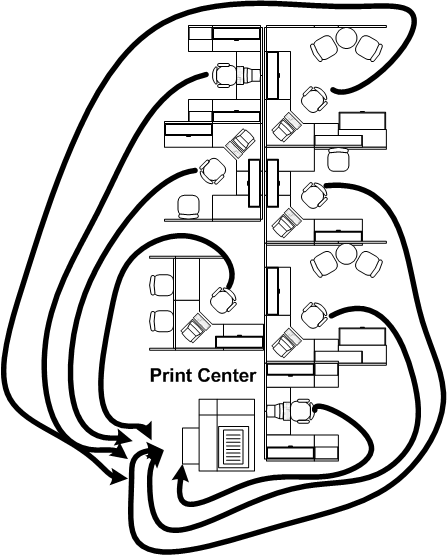Lean Terms
Last-In, First-Out
In accounting, last-in, first-out (LIFO) is a method of recording inventory. It is used to manage earnings in inflationary times. A last-in, first-out inventory system records the most recent price of materials as the cost, thereby making earnings reflect current prices. As a result, the older items, purchased earlier when Read more…


